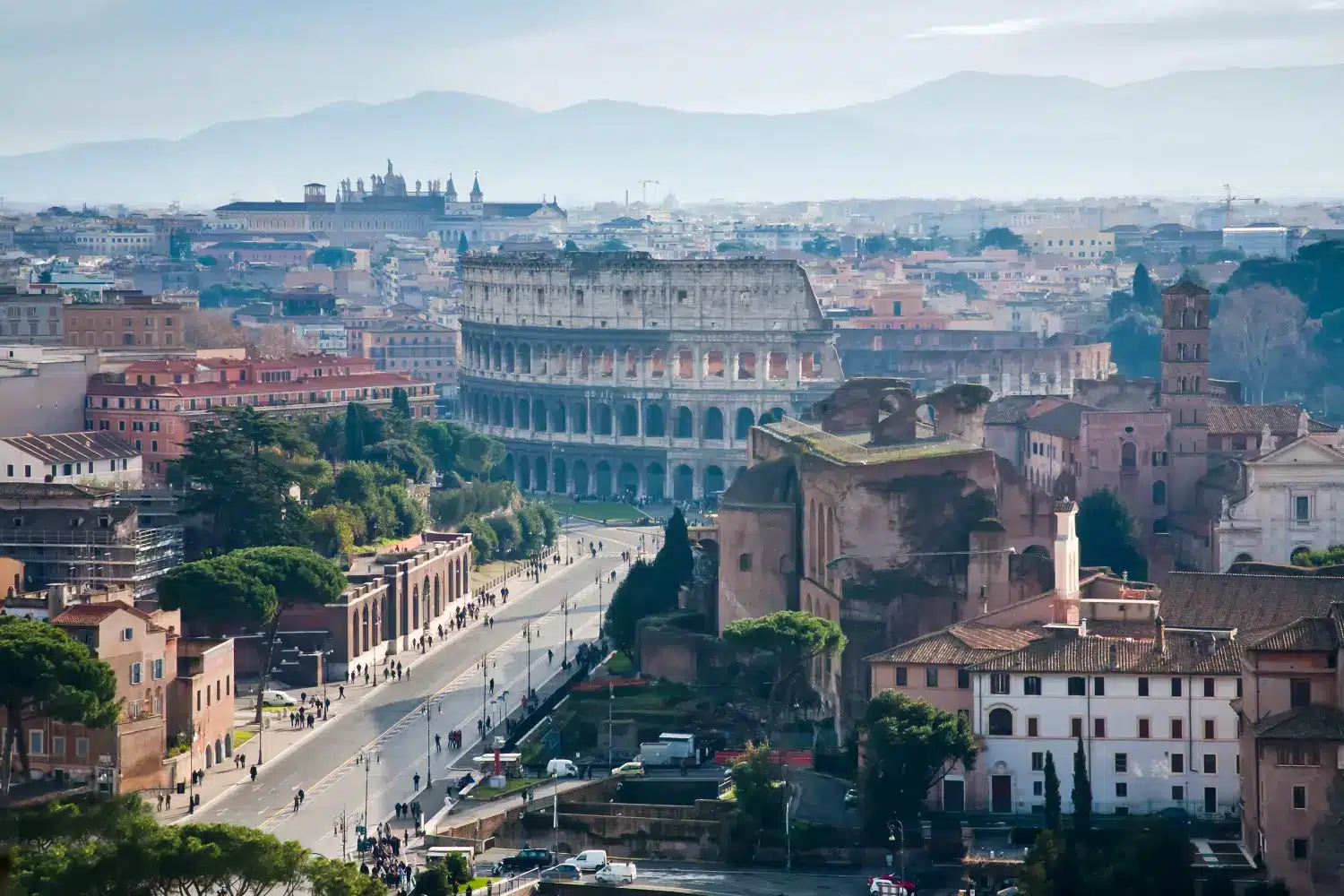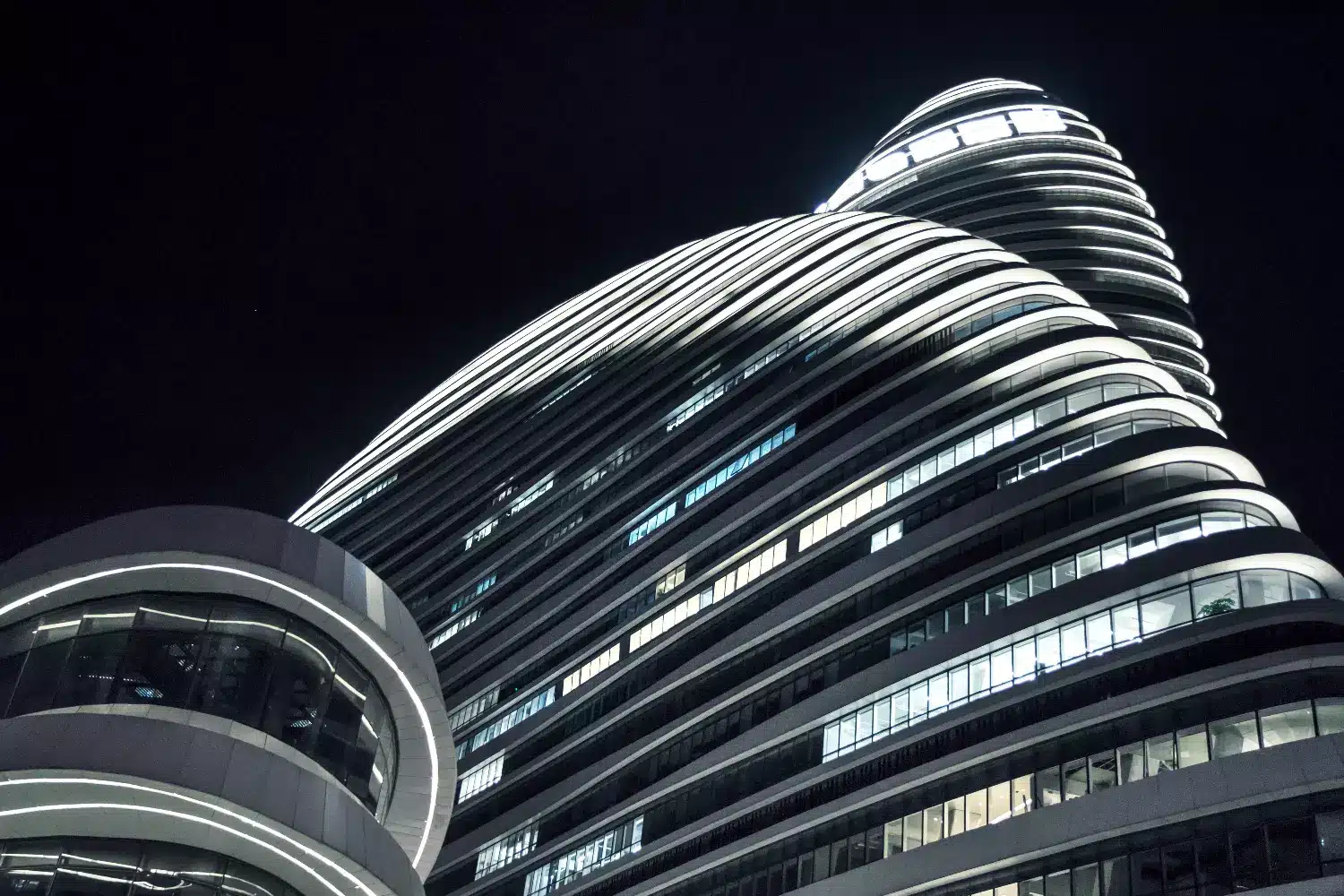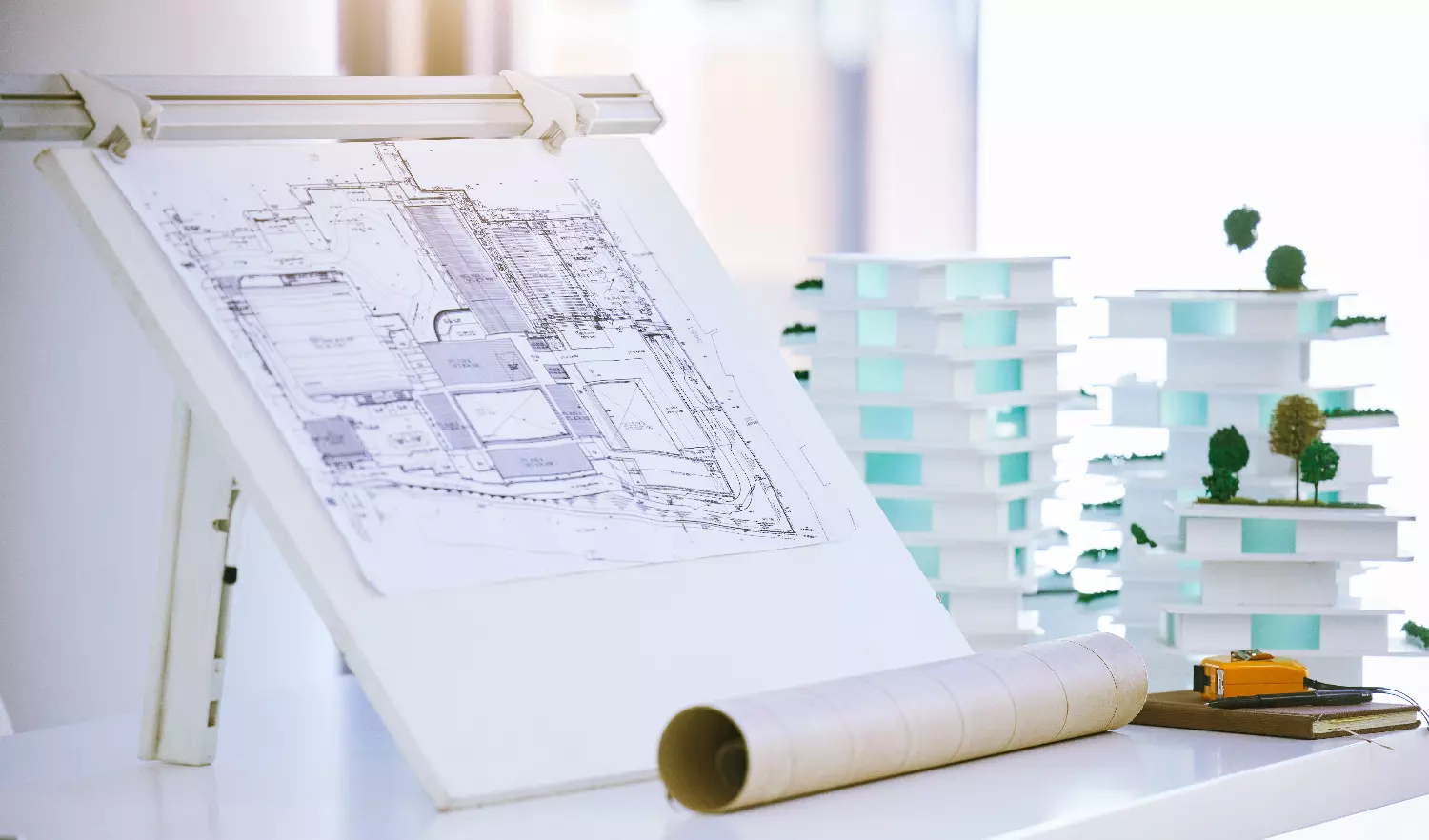Zaha Hadid, arquitecta vanguardista y adelantada a su tiempo, y sus edificios conceptuales, siempre al borde de lo realmente edificable, marcaron un momento clave en la arquitectura. Única mujer ganadora del Premio Pritzker (2004), falleció el 31 de marzo a los 65 años. A continuación, repasamos cinco de sus obras más destacadas:
El Centro Heydar Aliyev en Azerbaiyán:

El centro cultural, que alberga numerosas actividades artísticas en Bakú, es una de las obras más trascendentales del artista. El ondulante edificio blanco contrasta marcadamente con los edificios de estilo soviético que dominan la capital de Azerbaiyán.
Museo MAXXI en Roma:

Concebido como un espacio dinámico e interactivo, el principal objetivo del Museo Nacional de las Artes del Siglo XXI es garantizar la máxima flexibilidad de uso. La enorme escalera suspendida negra, las paredes curvas de hormigón y el atrio que absorbe la luz son algunos de los rasgos distintivos de la creación de Hadid.
Galaxy Soho en Pekín:

Complejo de oficinas, comercio y ocio, este edificio de más de 33.000 m2 busca reflejar ciertos elementos de la arquitectura tradicional china, con los patios interiores como características clave.
El Pabellón del Puente de Zaragoza:

Una de las pocas obras del arquitecto en España, el pabellón fue uno de los edificios emblemáticos de la Expo Zaragoza 2008. Su construcción supuso numerosos retos técnicos debido a su posición sobre el río Ebro.
Estación de bomberos de Vitra en Alemania:

Construido en 1994, este fue el primer proyecto terminado del arquitecto. Una obra dinámica de hormigón y acero, con paredes perforadas que se inclinan de forma sorprendente para cumplir su función.
